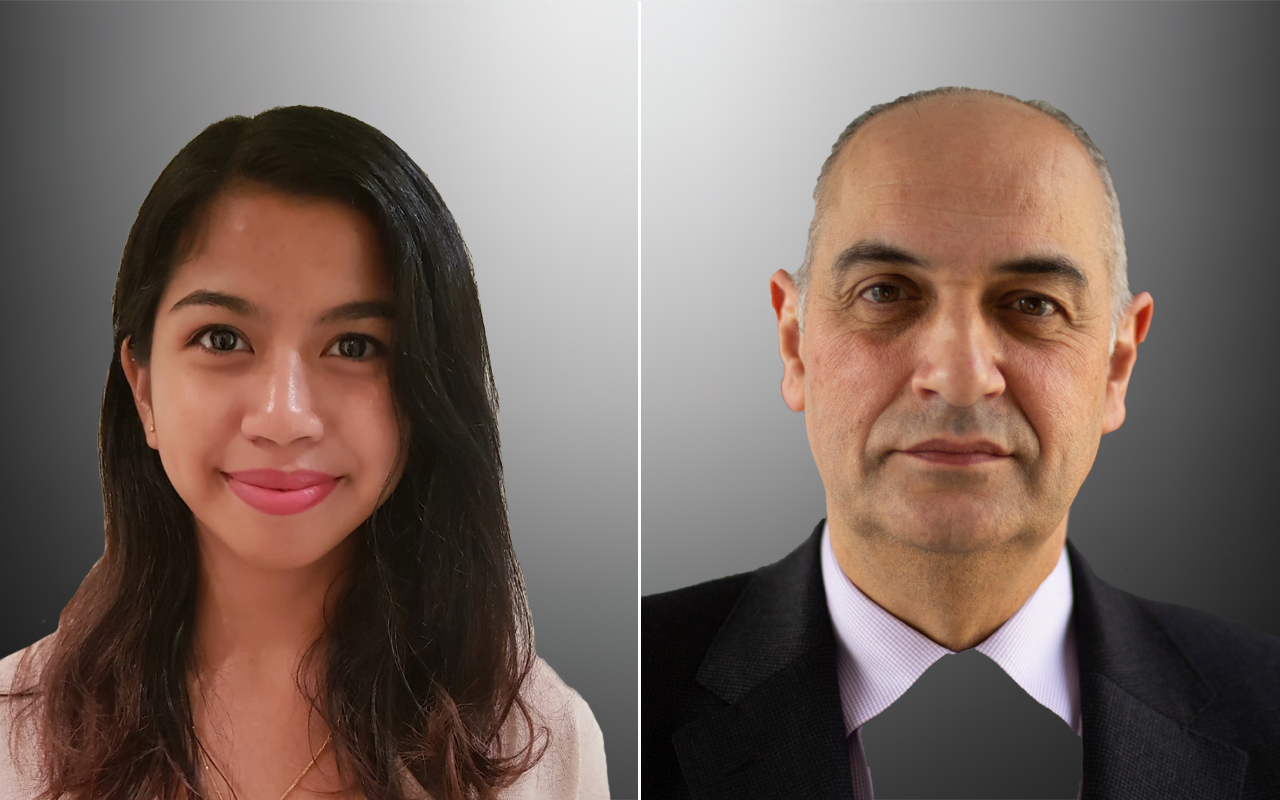ACROSS the world, the severe acute respiratory syndrome coronavirus 2 (SARS-CoV-2), which causes COVID-19, is ubiquitously described as “clever”, “sneaky” and portrayed as a devious or “invisible enemy” (here and here). This attribution of human intentionality and characteristics to non-human entities is anthropomorphism (here and here). The deployment of these metaphors to describe our relationship with the viral pandemic in mass media is potentially dangerous and problematic. It creates an inaccurate understanding of biological processes and fails to address the importance of human individual and group behaviour that has contributed to the global spread of COVID-19.
In medicine, “good and evil” is a common dichotomy and has long played a role in shaping patients’ relationship with illness. Cancer is a prime example, often seen and referred to as an enemy that is invading the patient’s body and must be fought. Similarly, we are told in a variety of ways, that “we are at war with a virus that threatens to tear us apart”. Simplifying the situation into binary terms provides humans with a sense of apparent control and thus comfort.
Traditionally, we fight dictatorships and bullies by standing up. We do not cower or show fear to the enemy. Perhaps this is why we saw the large gatherings of people at Bondi Beach. Many people defied public health warnings to go to the beach – perhaps it was ignorance or perhaps it was about being fearless in continuing to live their life as usual. When we lose a fight, we rationalise defeat by stating that our opponent was too cunning, too devious, or a psychopath and consider the failure as inevitable. Is it possible that this is how we accepted the very limited inquiry, rather than a full Royal Commission into COVID-19 deaths occurring in aged care?
Anthropomorphism is not a novel concept and is commonly found in popular culture. Famous examples include Nemo and Dory from the film Finding Nemo and the talking furniture in Beauty and the Beast. Eighteenth century philosopher David Hume attributed the rise of this phenomenon to perceived ambiguity in the world. As humans are tasked with facing the unpredictable and complex nature of the world, we have resorted to using our own thoughts, actions and experiences to aid our understanding of the events that occur around us. In our opinion, in the face of the current COVID-19 pandemic, our feelings of uncertainty and helplessness have likely led to the attribution of negative anthropomorphic features to SARS-CoV-2.
The decision to assign anthropomorphised characteristics to SARS-CoV-2 should consider the objective and form of communication. Anthropomorphism provides a human-like model of the virus that is accessible and straightforward, allowing us to understand these mysterious entities and act confidently. Anthropomorphic narratives also facilitate effective communication and public preparedness in the face of adversity. The portrayal of COVID-19 as an enemy combatant conveys a sense of urgency, encouraging the public to adhere to rules and make personal sacrifices associated with quarantine, social distancing and mask-wearing required to slow viral transmission.
The language we use affects our cognition and influences behaviour. By attributing innate human characteristics to SARS-CoV-2, we are creating a flawed mental construct of the pandemic which compromises our response. Anthropomorphism unwittingly drives the public to behave in a seemingly logical way that is counterproductive to managing a pandemic. Depicting SARS-CoV-2 as “cunning” and “inevitable” may create a sense of futility and apathy – what is the point of engaging in preventive activities such as washing hands and wearing a mask if infection is inevitable?
Finally, by ascribing thinking and reasoning characteristics to SARS-CoV-2, we develop notions that anthropomorphised entities have responsibility for their actions. This allows humans to shift blame directly on to the virus while excusing ourselves for creating the conditions for COVID-19 to exist and, hence, the consequent pandemic. Human-driven actions such as globalisation, population growth, animal husbandry, and climate change contribute a significant role in the emergence and spread of infectious diseases beyond the capacity of our health systems.
It is crucial that we use this moment to reflect on societal flaws in our response to the COVID-19 crisis. As we face a disease that threatens our health, our loved ones and our way of life, we must remember that the real enemy is not COVID-19 itself but human behaviour and society. Our refusal to acknowledge the root cause of this situation has led to ignorance, apathy and rebellion to safe practices during an outbreak – perhaps best illustrated by the event in the US. It is time to stop using anthropomorphic heuristics to portray SARS-CoV-2 as “sneaky” or outwitting us.
SARS-CoV-2 is an entirely predictable enemy – it spreads, replicates and evolves like other viruses. While we cannot change the virus, we can, and must, change our behaviour.
Professor Joseph Ibrahim is with the Department of Forensic Medicine, Monash University, and the Victorian Institute of Forensic Medicine where he is head of the Health Law and Ageing Research Unit. He is also Adjunct Professor at the Australian Centre for Evidence Based Aged Care, LaTrobe University, and a practising senior consultant specialist in geriatric medicine with over 30 years’ experience.
Kavitha Gnanasambantham expects to graduate in medicine from Monash University in 2020.
The statements or opinions expressed in this article reflect the views of the authors and do not represent the official policy of the AMA, the MJA or InSight+ unless so stated.

 more_vert
more_vert
Not sure if it’s ironic in an article on anthropomorphism, but “excusing ourselves for creating the conditions for COVID-19 to exist” sounds like Deism to me! (Unless the authors believe the virus was a biological warfare agent engineered by the Chinese Government.)
Paragraphs 5 and 6 seem mutually contradictory.